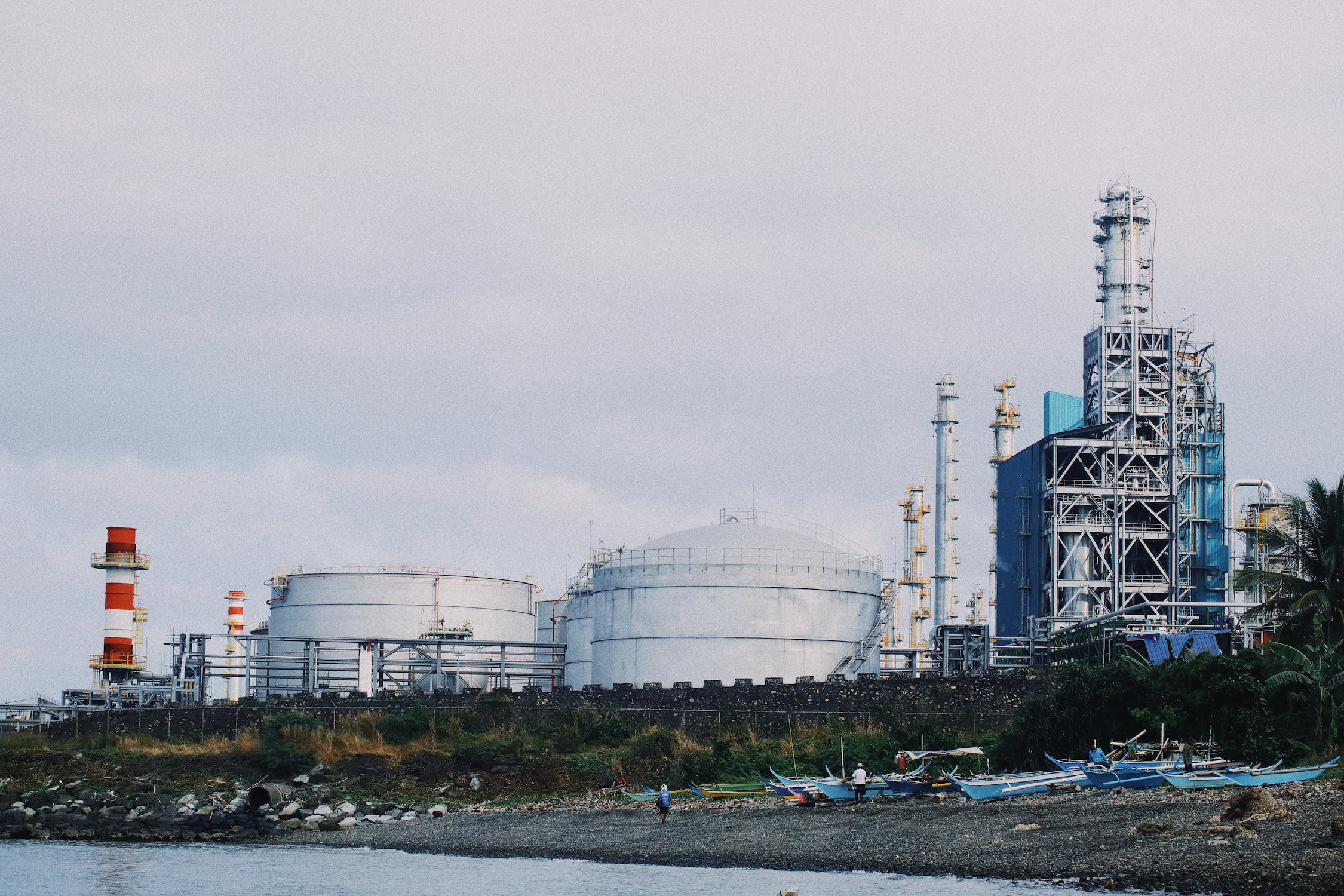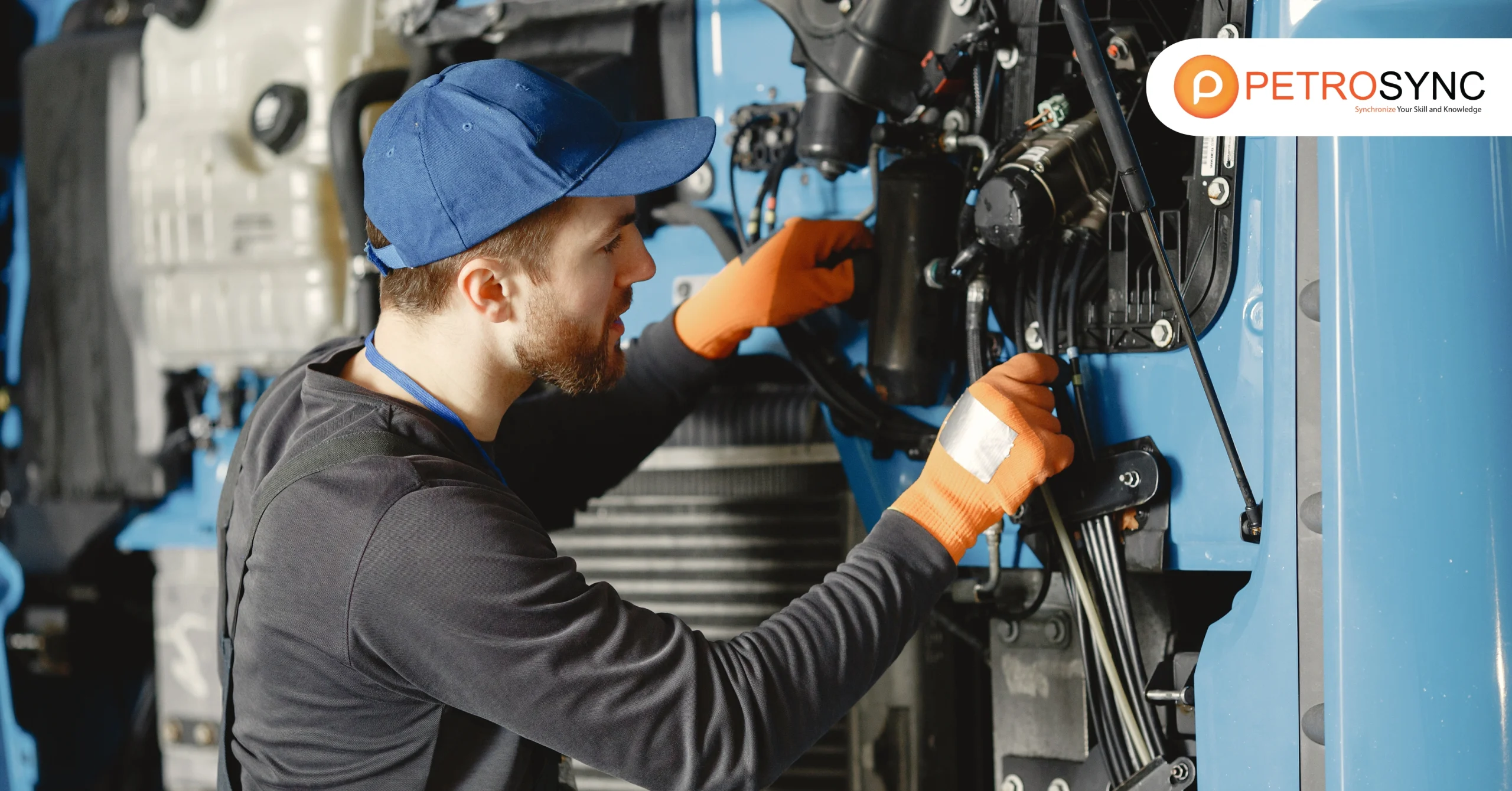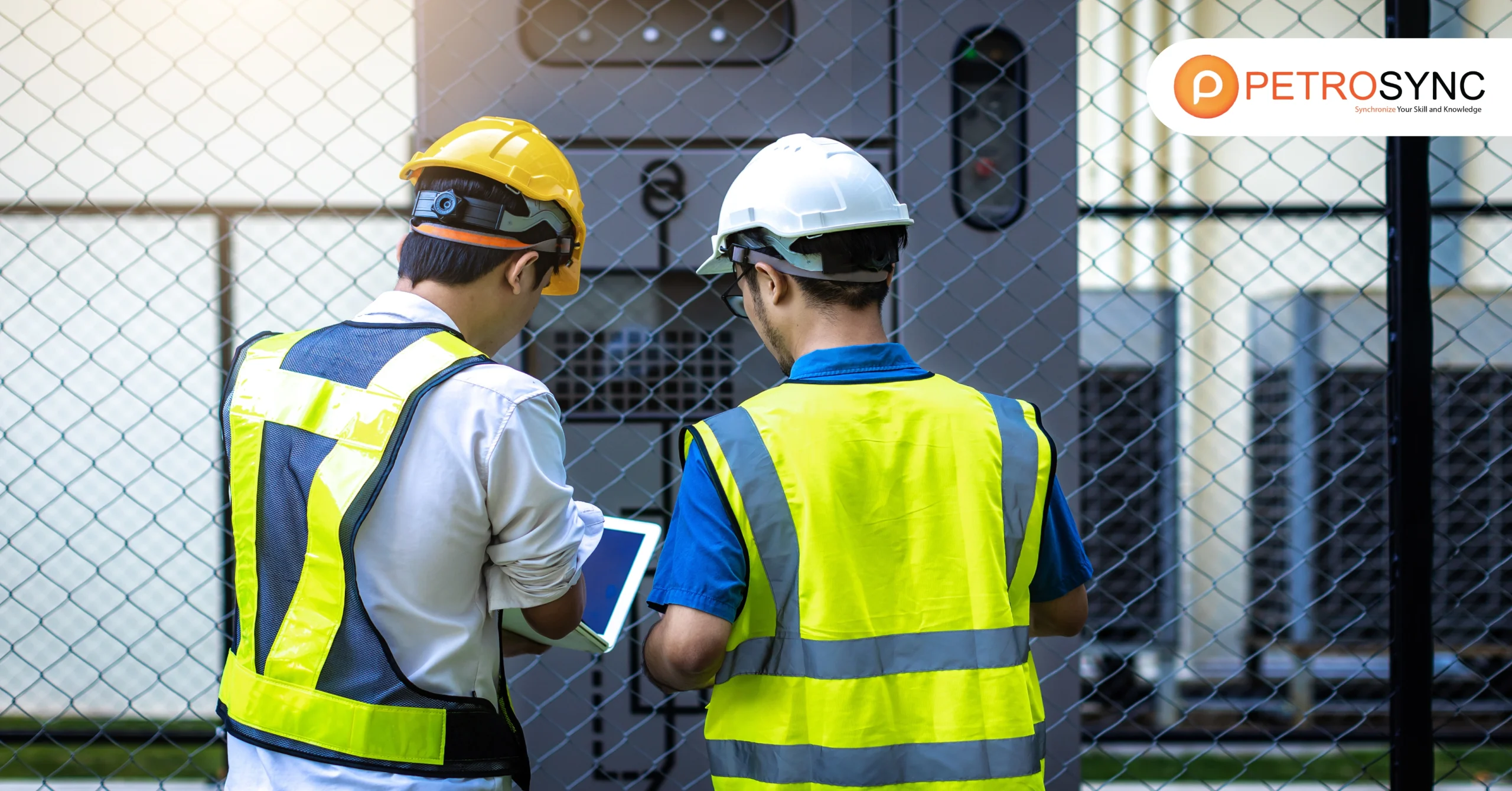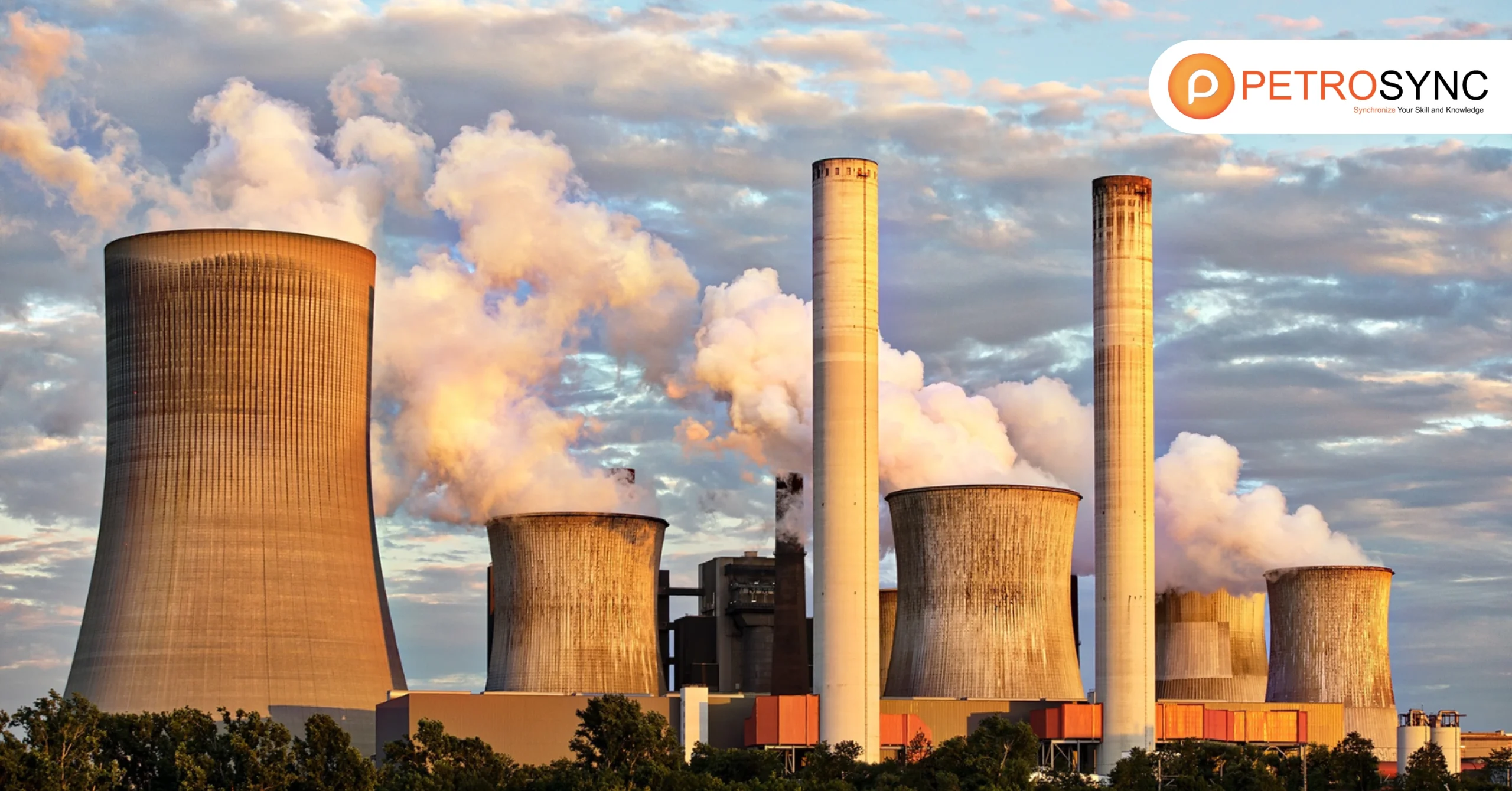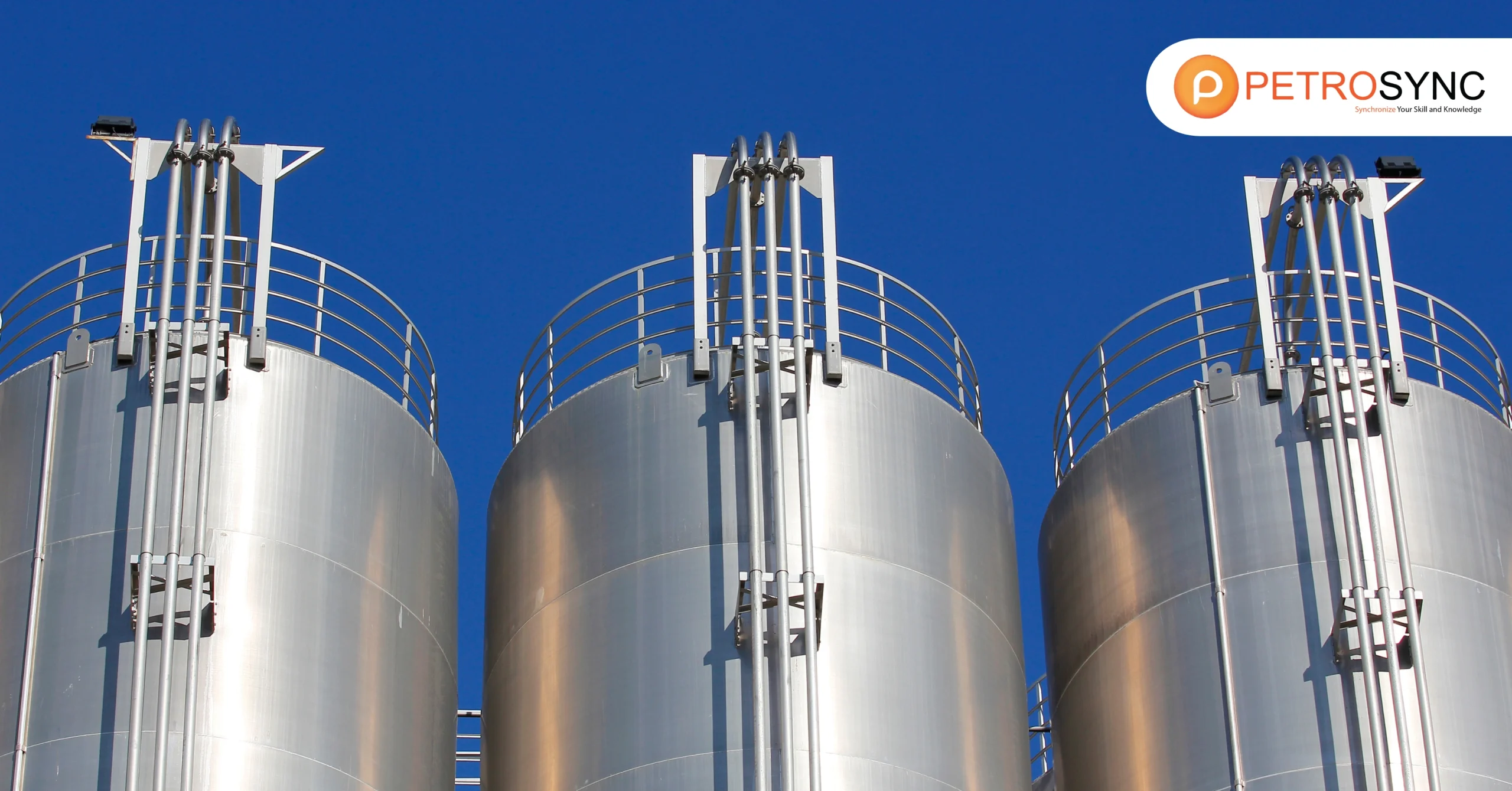What Is ISO 55000?
ISO 55000 is an international standard covering the management of assets of any kind that provides guidelines for effective asset management. It outlines best practices and principles to help organizations manage their assets in a way that aligns with their goals and objectives.
The standard emphasizes a holistic approach, covering the entire life cycle of assets, from acquisition to disposal. By adhering to ISO 55000, organizations can optimize the performance, reliability, and longevity of their assets, ultimately contributing to improved efficiency and sustainability.
How Was The History of ISO 55000?
In its early development in 2004, the standard was initiated by a consortium of organizations led by the Institute of Asset Management. Subsequently, it underwent substantial revisions involving the collaboration of 50 organizations from 15 industrial sectors across 10 countries.
ISO 55000 2014 was officially released in January 2014, accompanied by a toolkit for self-assessment against its specifications. This standard offers guidance and a checklist of best practices in managing physical assets, spanning various industries such as gas, electricity, water, roads, air and rail transportation systems, public facilities, processes, manufacturing, and natural resource industries.
It is applicable to both public and private sectors, covering organized and unorganized environments. At its core, asset management involves applying technical assessments alongside financial considerations and good management practices to determine what assets are needed to achieve business goals. Subsequently, it involves acquiring and maintaining assets throughout their lifecycle until disposal.
What Is The Difference between ISO 55000 and ISO 55001?
ISO 55000 and ISO 55001 are related standards that focus on asset management. ISO 55000 contains terminology and an overview of asset management standards, laying the foundation by providing general principles, terms, and definitions. On the other hand, ISO 55001 is more specific, offering requirements for establishing, implementing, maintaining, and improving an effective asset management system.
In simpler terms, ISO 55000 provides the overall framework, while ISO 55001 gives organizations the specific criteria to build and operate an effective asset management system tailored to their needs. Both standards work hand in hand to guide organizations in optimizing the performance, reliability, and sustainability of their assets.
Why Is ISO 55000 Important?
ISO 55000 is important because it provides a standardized and globally recognized framework for effective asset management. This standard helps organizations manage their assets in a systematic and efficient way, from acquisition to disposal.
By adhering to this standard, businesses can enhance the performance, reliability, and longevity of their assets. It offers a structured approach that aligns asset management practices with organizational goals, leading to improved efficiency and sustainability.
The standard’s importance lies in its ability to guide organizations in optimizing their use of assets, reducing risks, and ensuring a consistent and strategic approach to asset management across diverse industries and sectors.
How Is The Application of ISO 55000 in The Industries?
The application of ISO 55000 in industries is transformative, providing a standardized and systematic approach to asset management across diverse sectors.
1. ISO 55000 Application in Oil and Gas Industry
The standard is widely applied in the oil and gas sector to enhance the management of physical assets. It helps organizations in this industry align asset management practices with business objectives, ensuring the reliability and safety of critical assets. The standard is particularly beneficial in optimizing the life cycle of assets, from exploration to production, refining, and distribution.
2. ISO 55000 Application in Petrochemical Industry
In the petrochemical industry, ISO 55000 plays a crucial role in managing assets efficiently. It provides a structured framework for organizations to assess, acquire, and maintain assets throughout their life cycle. This application aids in optimizing processes, ensuring the integrity of equipment, and minimizing risks associated with the production and handling of chemicals.
3. ISO 55000 Application in Energy Industry
The energy industry benefits from ISO 55000 by applying standardized asset management practices to power generation, transmission, and distribution. It helps organizations make informed decisions about the acquisition and maintenance of assets, improving overall efficiency and reliability in energy production. The standard contributes to aligning energy industry practices with strategic business goals while emphasizing safety and sustainability.
What Are The ISO 55000 Series?
The ISO 55000 series, established in August 2010 and launched in February 2014, comprises three international standards aimed at advancing asset management practices. The series includes
1. ISO 550002014 – Asset management – Overview, principles and terminology
This standard provides a comprehensive overview of asset management, outlining its principles and terminology. It serves as a foundational guide for organizations seeking to understand the fundamental aspects of effective asset management.
2. ISO 550012014 – Asset management – Management Systems – Requirements
Focusing on the requirements for asset management systems, ISO 55001 lays out the essential criteria that organizations should meet to establish, implement, maintain, and improve an effective asset management system.
3. ISO 550022018 – Guidelines for the application of ISO 55001
This standard, revised and expanded in November 2018, offers detailed guidance for each clause of the ISO 55001 requirements document. It clarifies the contribution of each requirement to the key fundamentals of asset management Value, Alignment, Leadership, and Assurance. Additionally, it provides insights into applying ISO 55001 requirements to various domains of asset management.
In 2019, ISO introduced ISO/TS 550102019, a Technical Specification offering guidance on the alignment of asset management, finance, and accounting. This document aids organizations in understanding the importance of aligning financial and non-financial functions to realize value from assets. The series continues to evolve with ongoing projects, including ISO 55011, which focuses on the development of government asset management policy.
In conclusion, ISO 55000 has become an essential resource, ensuring assets are managed efficiently and strategically contributing to organizational goals. Its widespread acceptance underscores its vital role in safeguarding assets and promoting a culture of excellence in global asset management.
Furthermore, if you are seeking comprehensive training on ISO 55000, PetroSync is the leading provider with a strong emphasis on hands-on and practical approaches. PetroSync’s course is designed to impart practical insights and real-world applications of the standard, ensuring that you not only understand the standards but also learn how to implement them effectively in your respective industries.
Credit header image: Pexels

SEO specialist by day, fact-checker by night. An avid reader and content writer dedicated to delivering accurate and engaging articles through research and credible sources.

